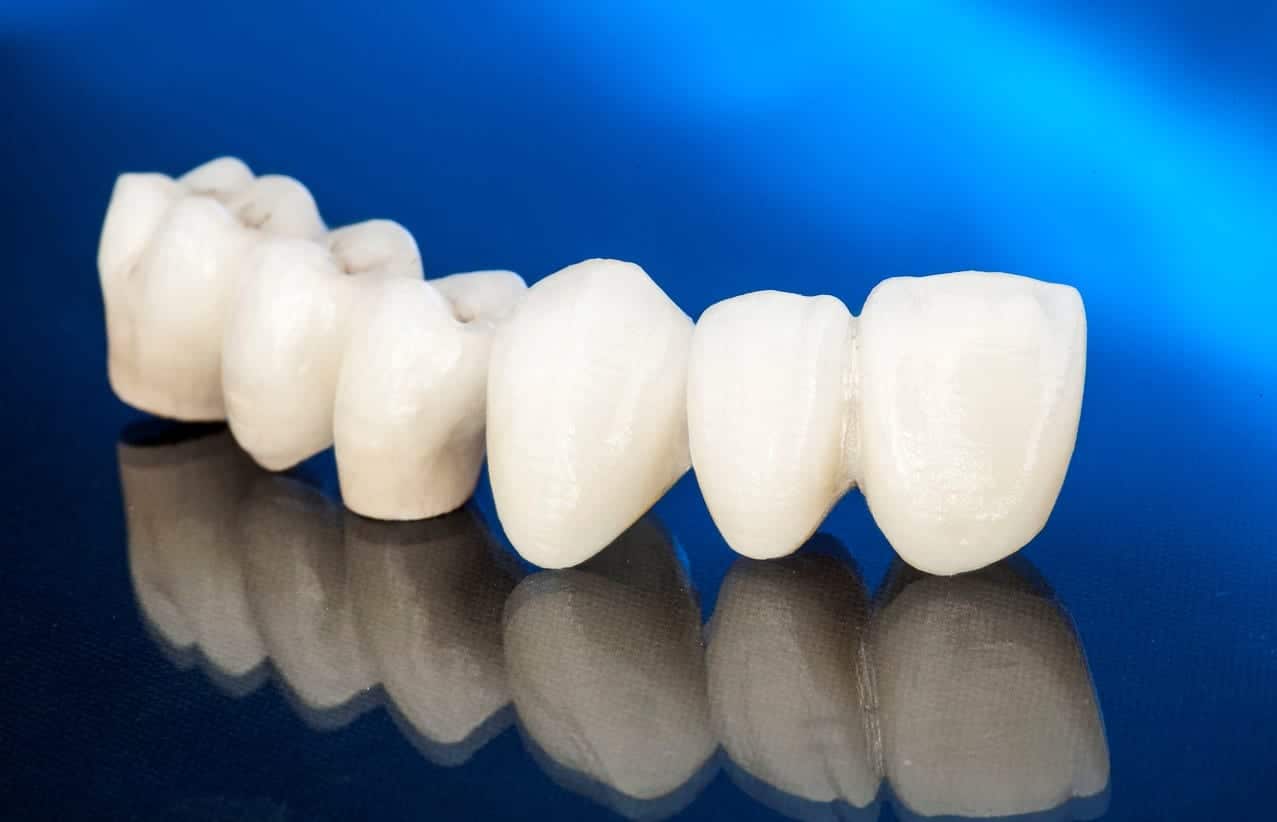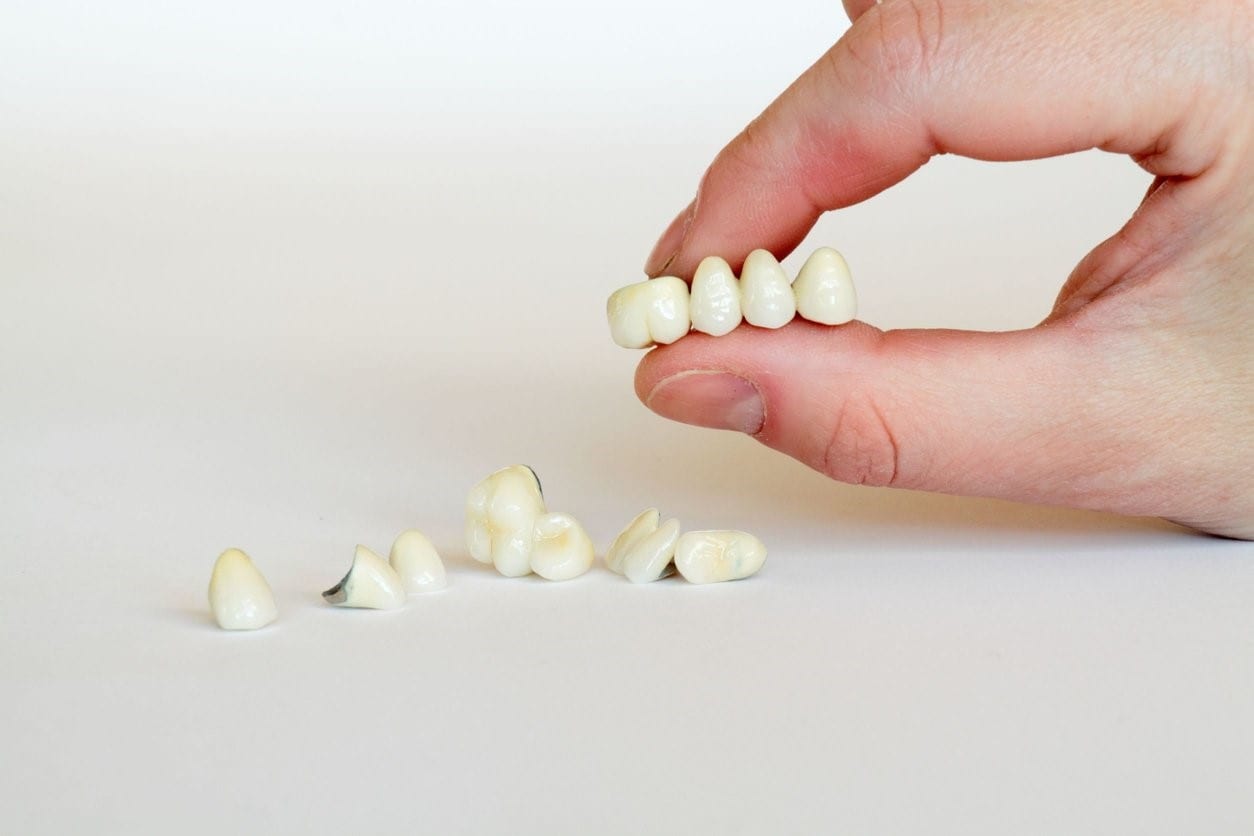
When you start losing your teeth to decay, it can make it a lot harder to chew food. Not to mention the fact that you are likely to feel more insecure about your smile and the way missing teeth make you look. There are a number of different dental procedures you can use to get your smile back to where it was, but which one is best for you?
If you are looking to replace single teeth or a small group of neighboring teeth, consider bridges. This form of tooth replacement is fast becoming one of the most popular ways to restore a smile. How popular is it? Fifteen million Americans have crowns or bridge replacements.
What exactly are bridges? How do they work?
What Are Bridges and How Are They Installed?
Bridges are a form of tooth replacement that cover a missing or decayed tooth with a fake tooth. The fake tooth is held up and attached to crowns that go over neighboring teeth. Bridges are permanent and cemented in, unlike dentures.
Dental bridges are typically made out of porcelain and bonded to precious metals, though other materials may be used. The newest trend in bridges is a bridge made only out of porcelain. This type of tooth replacement is strong enough to replace any type of tooth, even molars.

There are multiple appointments involved in installing a bridge. First, the dentist will reshape the surrounding teeth (you will be offered a local anesthetic beforehand) and make a mold of what the bridge needs to look like. The mold is then sent off to a laboratory and the bridge is constructed within a few weeks. In the meantime, you may receive a temporary bridge to help you bite and chew while the mold is being made.
After the mold is created, you will have a follow-up appointment. The bridge will be placed and tested out for its ability to fit in your mouth and help you bite. Once the proper placement has been decided, the bridge is cemented into the mouth. The bridge will usually contain multiple crowns for surrounding teeth, as well as multiple layers of crowns for the missing or decayed tooth or teeth.
Of course, as mentioned above, bridges are not the only form of replacement for missing or decayed teeth. Before you choose which type of treatment to get, consider the advantages and disadvantages of bridges.
Advantages of Getting Dental Bridges
One of the reasons so many people choose bridges is the range of options. There are several types of bridges that can be installed based on the missing or decayed teeth that need to replaced. Talk to your dentist about the pros and cons of each type of bridge (traditional, cantilever, Maryland, or implant-supported bridges).
Additionally, bridges are considered very similar to “partial dentures,” but unlike dentures, are cemented into the mouth. This tends to make them more convenient and easier to use. Also, while the process does involve reshaping some surrounding teeth, no teeth have to be removed for the bridge to be put in place.
Finally, bridges are typically more cost-effective than other alternative treatments such as dental implants. Talk to your insurance provider about the treatments and procedures that are covered by your plan.
Disadvantages of Getting Dental Bridges
Brushing and flossing can become a bit tricky when you have bridges in. There have been advancements in toothbrushes and types of floss that make effective teeth cleaning possible, but you might have to go a little out of your way to get them.
After about 10 years, a bridge may need to be replaced, especially if the bridge is installed to cover a decayed tooth. The natural tooth will still be subject to wear and tear, which is why taking the time to properly clean a bridge is very important.
Also, the process of filing or reshaping your teeth, apart from being uncomfortable and making for a long appointment, can also pose a risk of requiring you to get a root canal in the future. This is because when the dentist replaces the neighboring teeth, the nerve might be damaged or die.
Talk to Your Dentist about What’s Best for You

If you are considering bridges, you may also want to research dentures, crowns, and dental implants. All of these options may restore your smile, but they each have different advantages, drawbacks, and procedures for installment. (In one of our past blog posts, we actually compare the benefits and drawbacks of dental implants vs. bridges.
No one treatment is best for everyone. If you are still not sure which treatment is the best choice for your mouth, talk to your dentist. Together, you can weigh the pros and cons of each available treatment and begin restoring your smile.






